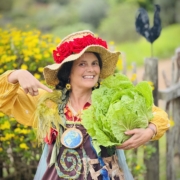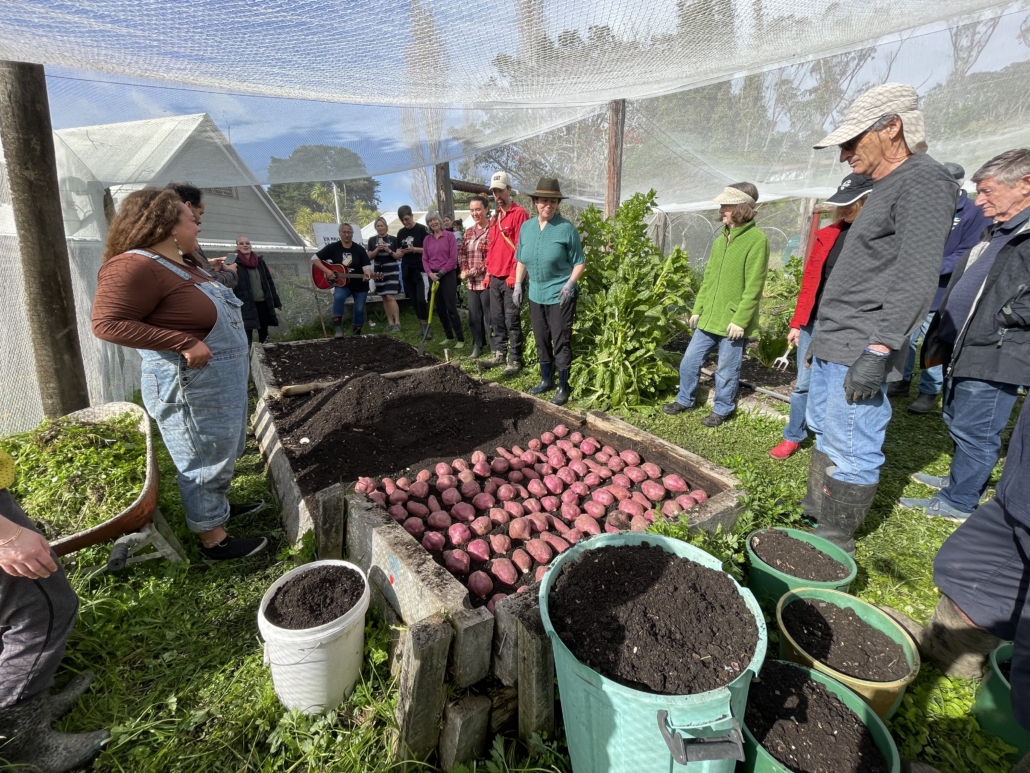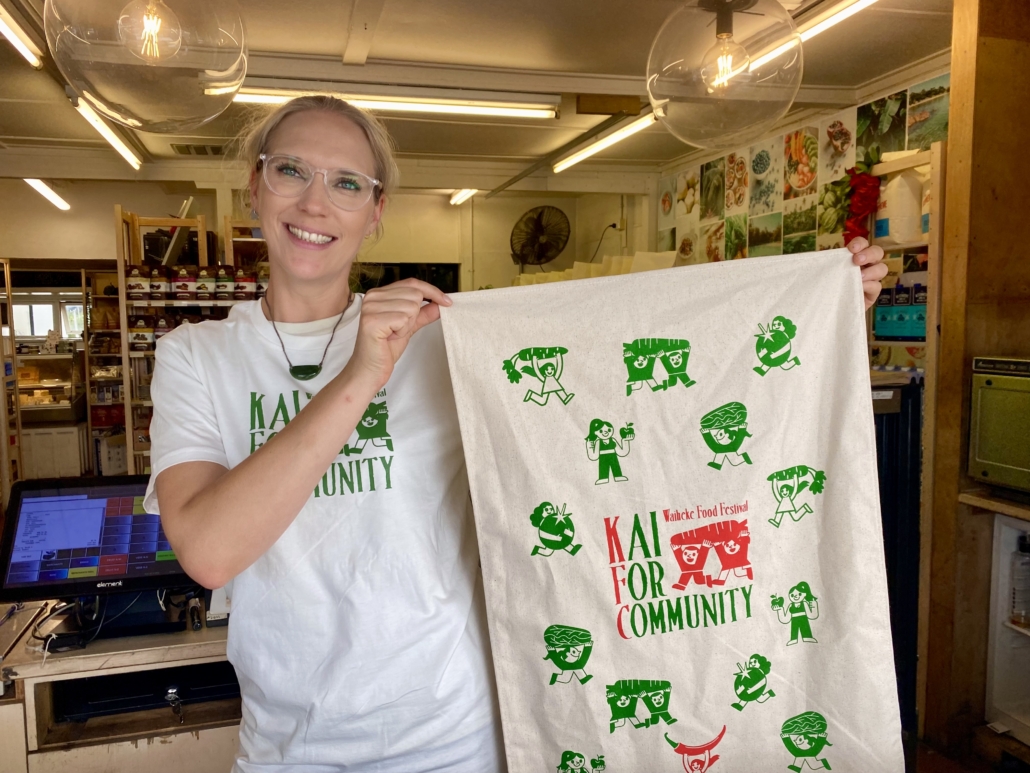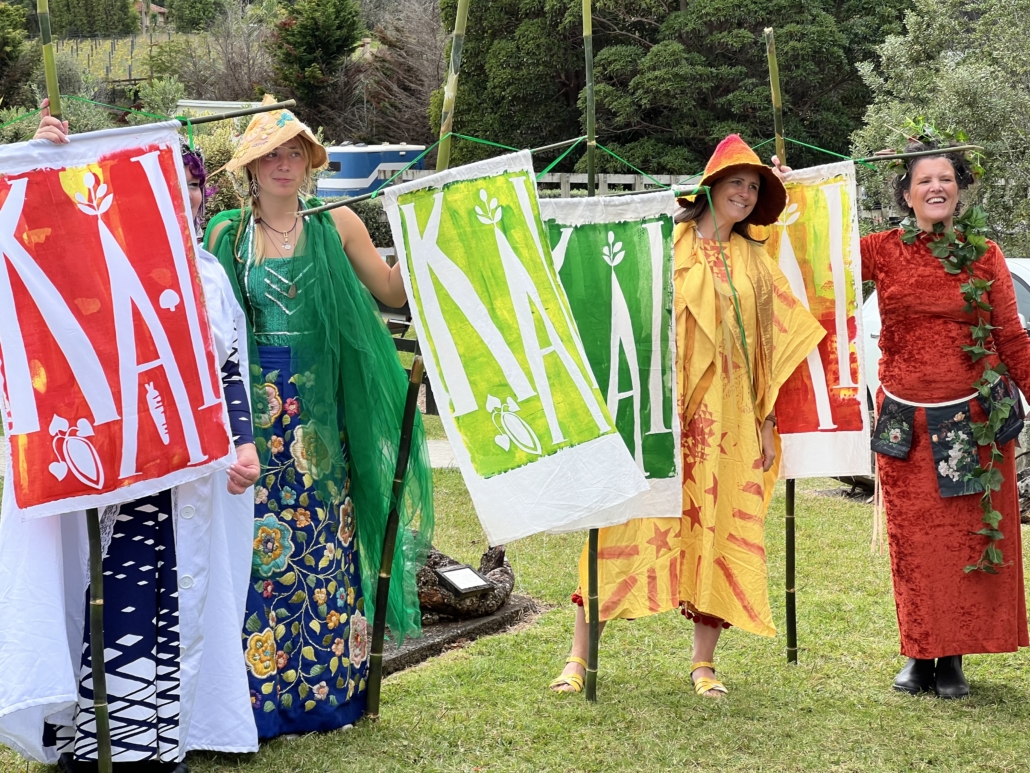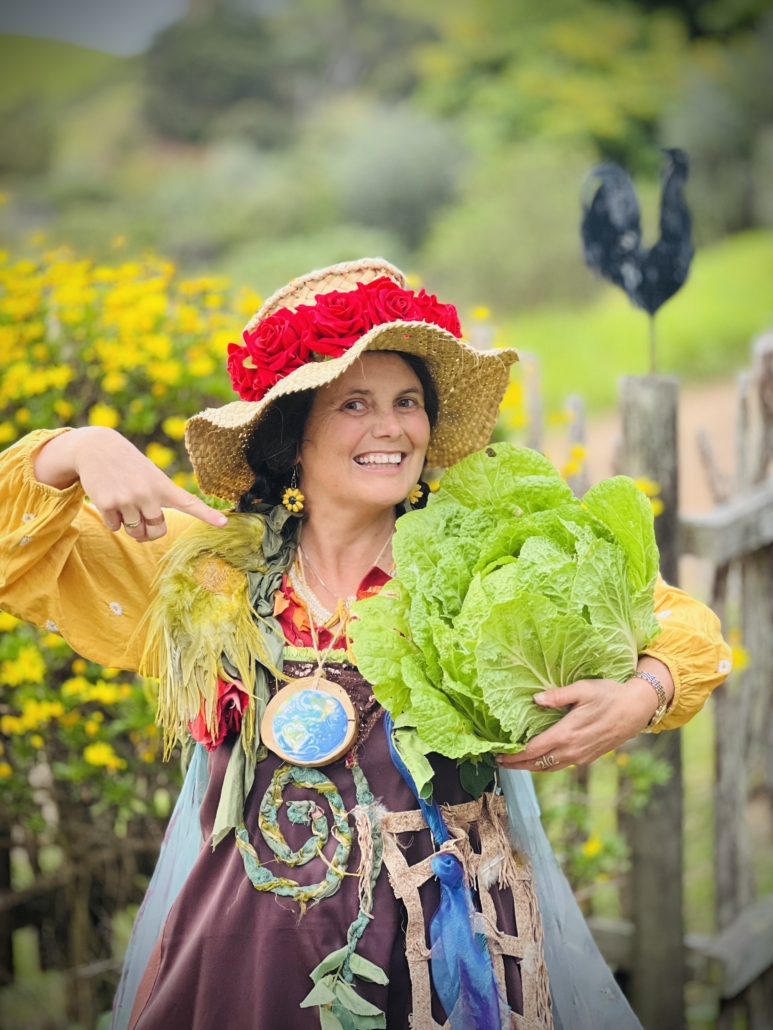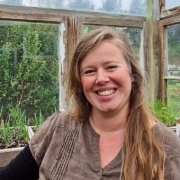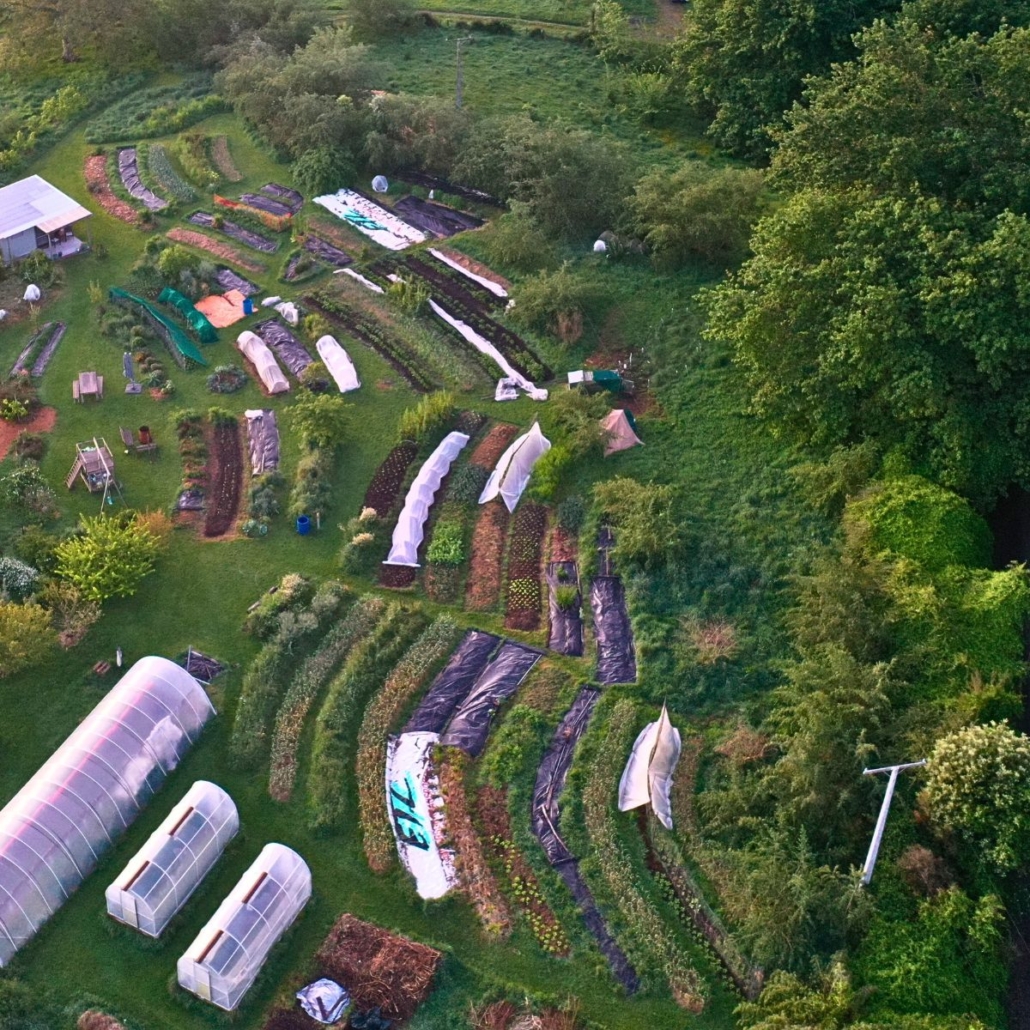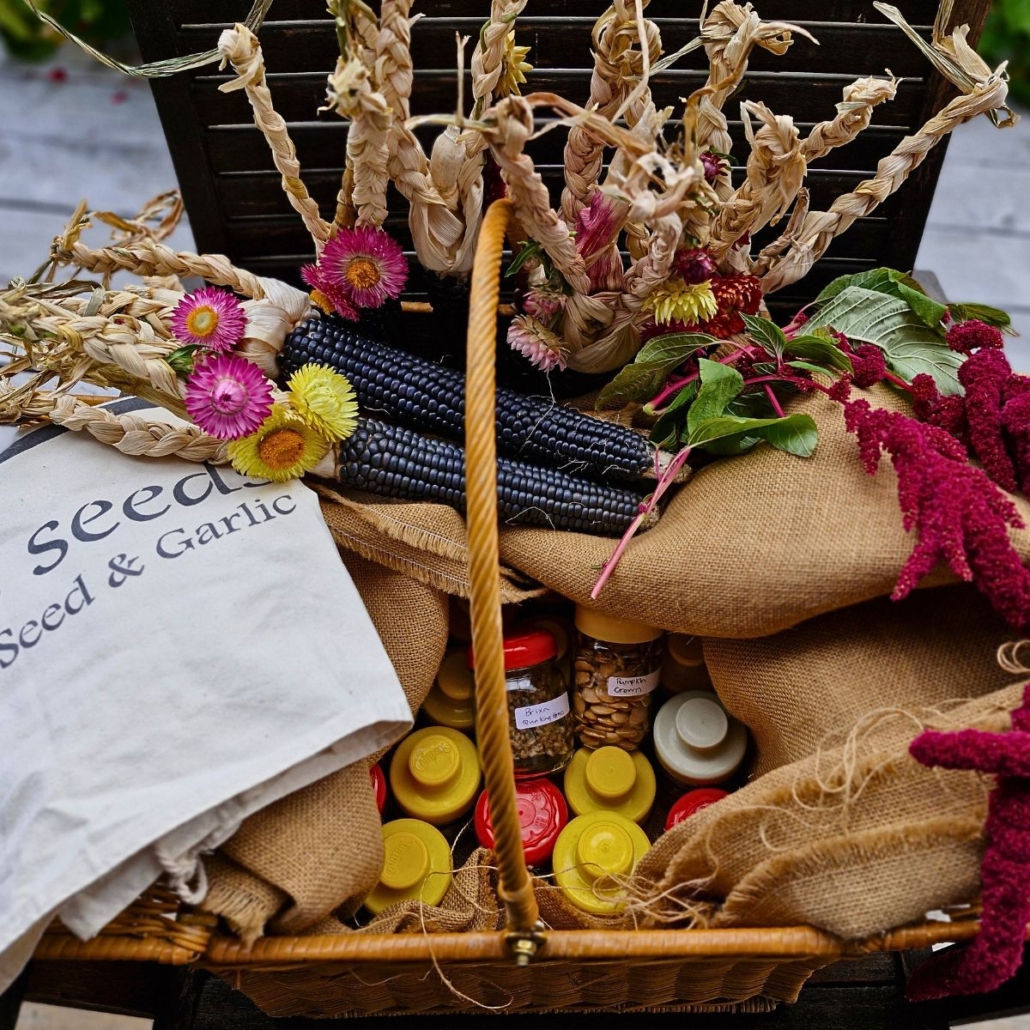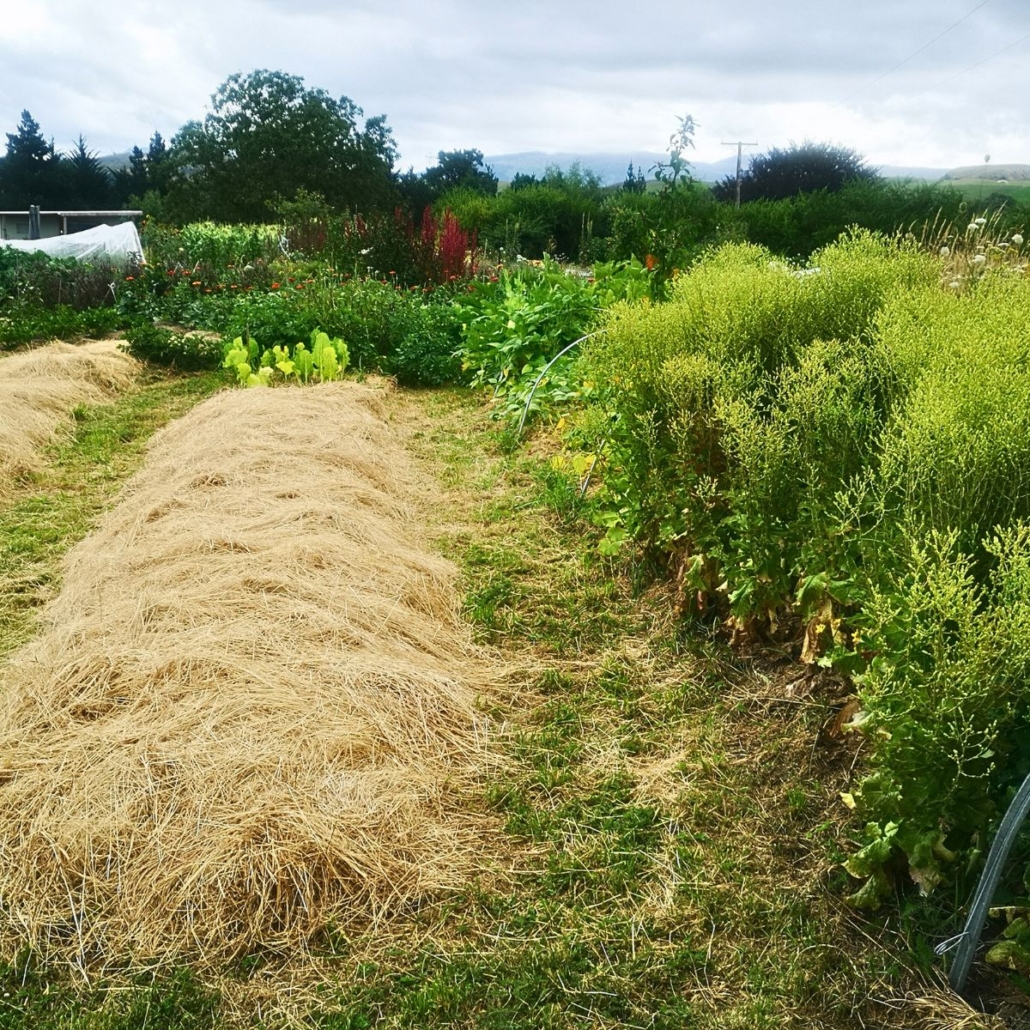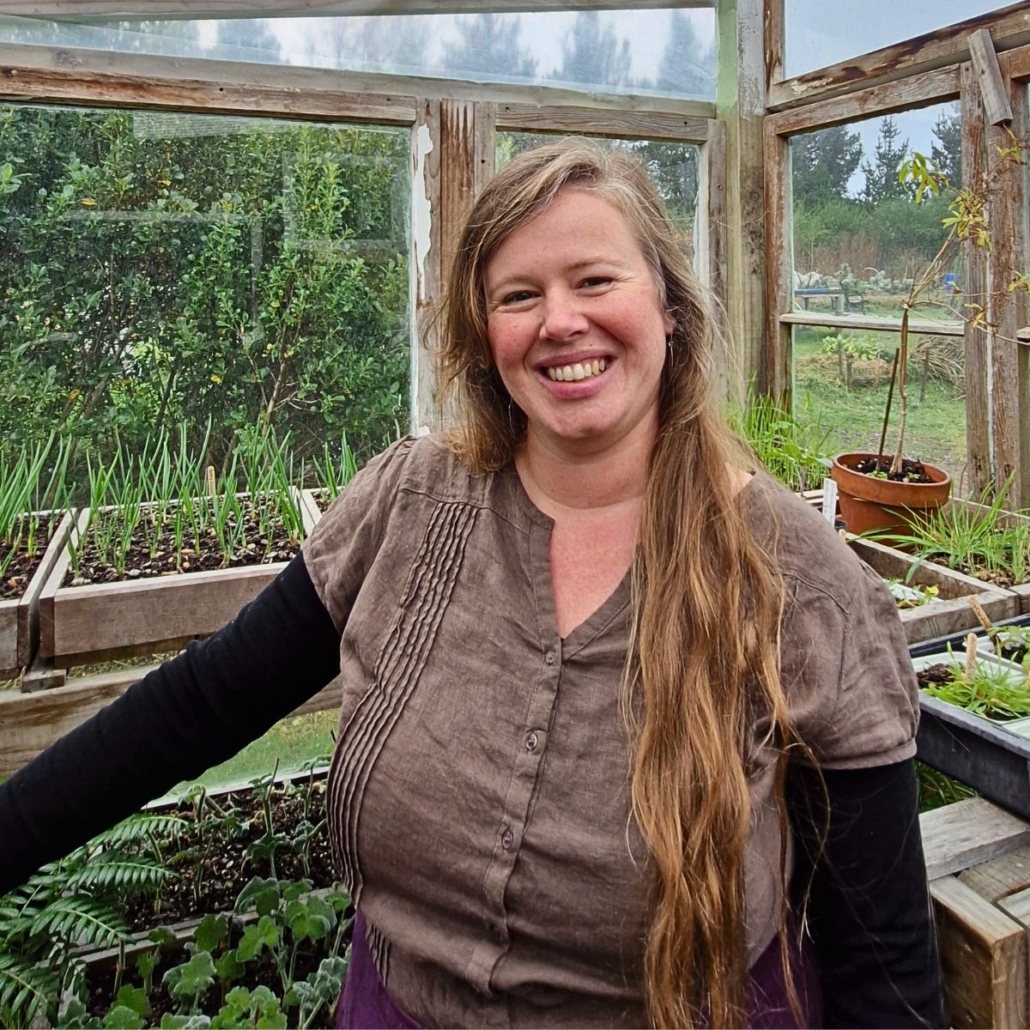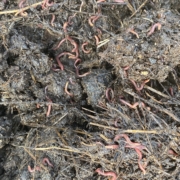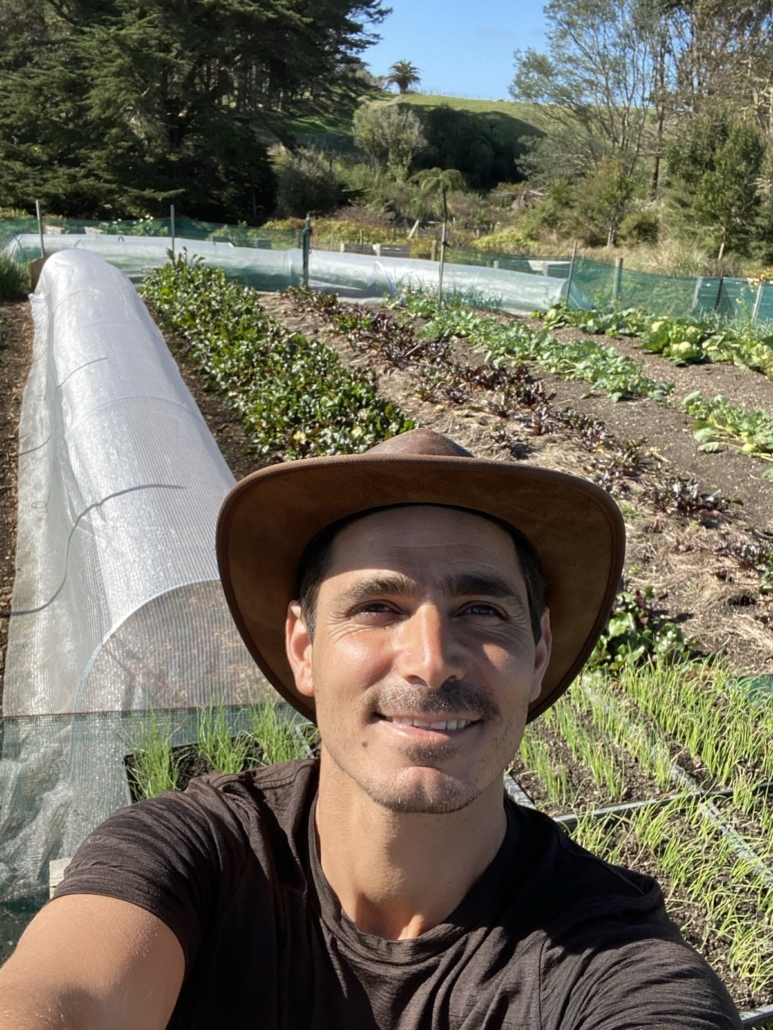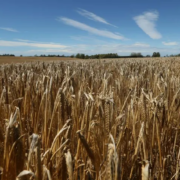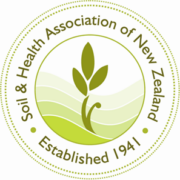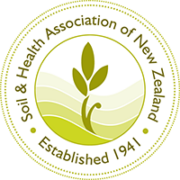Historian and Soil & Health National Council member Matt Morris chronicles the
genesis of the Soil & Health Association, and the impact we have
made on organics in New Zealand.
We hope you enjoy this free article from OrganicNZ. Join us to access more, exclusive members-only content.
The Soil & Health Association of New Zealand (publisher of Organic NZ) formed in 1941 as the New Zealand Humic Compost Club. Since then, the organisation has changed its name several times, always responding to the issues of the day and the need to stay relevant. It became the Organic Compost Club in the 1950s, the Soil Association in 1970, and finally the Soil & Health Association of New Zealand in 1987. Of course, it is likely the name will change again in the future, certainly the organisation is undergoing significant change right now.
But when we think about the future of Soil & Health, it can be helpful to understand more about the past. What were the key drivers behind the formation of this organisation, and is there anything we can learn from them? To understand this, we really need to look at least as far back as the 1920s, if not further. In brief, a number of matters were causing significant concern in New Zealand (Pākehā) society, and throughout the British Empire after the traumatic years of World War One. People had gained the idea that the world was fragile.
This fragility was characterised in numerous ways, chief among them being a belief that the declining birth rate was a reflection of declining virility: the idea of ‘racial degeneration’. Suspected causes of this included that food quality had declined. At the same time, it was becoming all too clear that farming practices were, in some places, leading not only to extensive biodiversity loss, but also to soil erosion.
During this period, Sir Albert Howard, director of the Institute of Plant Industry in India, perfected the Indore compost heap – a scientific advance of considerable importance in India. His initial findings were published in his book The Waste Products of Agriculture (1931) and reiterated in more popular form in An Agricultural Testament (1943). His publications reached a wide international audience and unquestionably influenced discourse in New Zealand. His work was paired with Robert McCarrison’s claims about causes of apparently perfect health in the Hunza people by G.T. Wrench in his The Wheel of Health: A study of the Hunza people and the keys to health (1938). Howard continued to join the dots between declining human health and declining soil fertility, while his solution – compost – would correct both of these and stabilise eroding soils as well.
In New Zealand, a dentist by the name of Dr Guy Chapman founded the Food Reform Society in 1922, looking to improve the eating habits of New Zealanders. The following year, Forest & Bird began its activities – focused initially on forest loss and its impact on native fauna. While the aims of these two organisations may seem dissimilar, during the 1930s they started to coalesce around the same theme: soil health.
The subject of soil health, and particularly soil erosion, became topical during this time in New Zealand as in the rest of the Empire. The Esk Valley floods of 1938 resulted in excessive and devastating silting in the valley, followed by ‘dust bowl’ conditions the following year. This stimulated much cause for reflection: forest clearance for farming had wreaked havoc – a situation that had been predicted back in 1913 by the Royal Commission on Forestry led by ecologist Leonard Cockayne. Forest and Bird’s publications included content on soil erosion and Lance McCaskill, a mouthpiece for the organisation, promoted this message more widely during the 1940s.
It is little surprise, then, that someone in New Zealand would want to promote Albert Howard’s innovation. That person was Guy Chapman, who had founded the New Zealand Food Reform Society, and who, since then, had also formed the New Zealand Women’s Food Value League (1937). And it is also little wonder that his New Zealand Humic Compost Club would draw in avid Forest and Birders, like Yeo Tresillian Shand whose pamphlet The Crime Against the Land was a kind of Bible for the early composters.
The timing was also incredibly consequential for the longevity of the new movement. In 1941, the British Empire was losing the war – Dunkirk had just happened (1940) and German physical prowess was contrasted against pasty, unhealthy looking Brits. The eugenicist obsession in Germany prior to the war – captured in the phrase ‘Blood and Soil’ – was seen as one reason for their success in dominating Europe so quickly once war broke out.
More importantly, the New Zealand government predicted possible food shortages on the home front, given so much primary production was being redirected to supporting American troops stationed in the Pacific. This resulted in a range of measures, including the Dig for Victory campaign, which encouraged householders to grow their own food. But the war also meant imported phosphatic fertilisers were not available; the logical result being the promotion of composting as a way to build a physical virile population by ensuring home-grown veges and fruit would be nutritionally sound.
Guy Chapman became the national chair of the Dig for Victory campaign, and the government produced official gardening guides that promoted Albert Howard-style hot compost heaps. It may seem extraordinary to us now that the Soil & Health’s origins involved such a high level of government endorsement – even leading a government programme – but without this history it is quite possible that the movement would have died out not long after the war ended in 1945. While Albert Howard had hoped his compost would reform farming throughout the Empire, actually his message was mostly picked up by home gardeners who ensured his enduring legacy.
At some point in the 1950s, the Compost Club changed its name to the New Zealand Organic Compost Society. The word ‘organic’ in this context was at the time something of an innovation. The name change hinted at a key change in the movement – from being ‘compost-minded’ to being ‘chemical-free’. The post war period was awash with new chemical products and messages about ‘scientific’ and labour-saving approaches to gardening that the composters naturally reacted against.
In 1970, the New Zealand Organic Compost Society changed its name to the Soil Association, drawing a direct connection with the British organisation of the same name, founded in 1946 by Eve Balfour, author of The Living Soil (1943), who was also Patron of the New Zealand organisation.
By now the earlier openness of the movement had closed down somewhat: organic and chemical gardeners found it difficult to see eye to eye. However, this horticultural cold war started to thaw somewhat in the early 1980s when it became apparent that organic farming was gaining traction internationally. At this time, the Soil Association’s focus shifted from being a series of organic gardening clubs to promoting a vision for a commercial organic farming sector. It may be a surprise to learn that Federated Farmers were the first organisation to bring together practitioners and researchers of organic farming. Perhaps it is a bigger surprise to learn that it is far from clear whether the certification programme we now know as BioGro would have got off the ground without this early support from Federated Farmers and significant input into the wider organic movement from the then National Government and the neo-liberal Fourth Labour Government that followed.
A critical figure at this time was Bob Crowder, whose Biological Husbandry Unit (BHU – founded on a micro scale in 1977) at Lincoln University provided research and demonstration muscle not previously available in this country. Neither should we forget Chris and Jenny May, who along with Dave Woods (and Bob) really got BioGro off the ground, or Perry Spiller who worked tirelessly to bring in much needed funding to extend the impact of the organisation. For example, Project Gro (Giving to Research in Organics) raised over $50,000 for the BHU alone, and funded an Association Education Officer.
By the late 1990s, Soil & Health turned to protecting this still-young commercial organic sector from the spectre of genetically modified organisms, as well as the ongoing risks of spray drift from conventional farms and other chemical users. Meriel Watts (author of The Poisoning of New Zealand, 1984) was appointed Association director, while Brendan Hoare became president in 1998. In 1999, the Green Party developed a confidence and supply arrangement with the Labour Government, and Soil & Health won contracts to establish new initiatives funded through that agreement. One of those ultimately became the certification organisation OrganicFarmNZ, while another focused on developing edible gardening in the school curriculum. Once again, the organisation had official backing.
Not much later, Soil & Health spearheaded the Organic Federation of New Zealand, which later became Organics Aotearoa New Zealand – a peak sector group that could liaise directly with the government on behalf of member organisations. An outcome of this collaboration is the Organic Products and Production Act, which became law in 2023. Once again, Soil & Health played its part in representing the interests of consumers and small growers in the consultations.
What lessons can be learned when we review our own history? One is that our core message – that human health depends on soil health – never gets old. It is as relevant now as it was in 1941. Another is that Soil & Health has had some tremendous successes. It is incredible to think that composting has become an embedded practice for so many directly due to the hard work of those early compost advocates. We have supported the creation of organic certification programmes underpinning our organics industry and our lobbying has been successful in keeping GMOs out of New Zealand’s environment. Our work has led directly to the Organic Products and Production Act, enshrining key principles of the sector in law.
But above all, it is the hard work and generosity of our passionate members and volunteers that stands out in this incredible, rich history. We have the power to continue making an important and much-needed impact in our country, so, if you’re not already, now is the time to get involved! Please join us in Wellington at the Organic Futures Symposium, the OrganicNZ Awards, and of course our critical Special General Meeting.


